Asteroid 2012 LZ1
Asteroid 2012 LZ1
Once again, we did not see coming towards us.
But the asteroid 2012 LZ1 found in May 2012 by the Uppsala Schmidt telescope in Australia, had a huge size of 500 meters and came close to 5 million km from Earth, June 16, 2012. This distance is extremely small compared to the distances of the solar system.
This asteroid 500 meters in diameter discovered at the last moment, fell off the Earth at a distance large enough to pose no danger of collision, astronomers reported the Australian National University, directed by Rob McNaught. Then the measurements obtained using the Arecibo radio telescope have given a size of 1 km in diameter, fortunately, does this asteroid, safe for 750 years to come.
"Occasionally, an asteroid comes out of nowhere like this, which is actually pretty big," said Patrick Paolucci, told AFP. Many small rocky bodies called asteroids are present in the solar system, a significant portion of them circulate in a ring between the orbits of Mars and Jupiter between 2 and 4 AU (symbol: AU) The mean distance of the Earth in the Sun. An AU is worth 149 597 871 km. It is a unity often used for the distances in the solar system, or for the space of two stars in a double system. , in what astronomers call the belt asteroid, also known main belt. It marks the boundary between the terrestrial planets and gas giants. An asteroid is a celestial object is not observable to the naked eye because of its small size which varies from a few tens of meters to several hundred kilometers in diameter and is part of our solar system.
Objects of less than 50 m in diameter are called meteorites. The size of this object is sufficient to make huge damage on our planet.
Let us remember that just 50 meters from an object to make a crater like the famous Meteor Crater in Arizona. A meteorite 500 meters would cause a crater 10 kilometers across and kill a billion people in the tsunami triggered across a terrestrial hemisphere. A meteorite of 1 km would cause a crater 20 kilometers across and would kill 2 to 3 billion people in the tsunami triggered across a terrestrial hemisphere. The probability of this happening is once every 150,000 years.
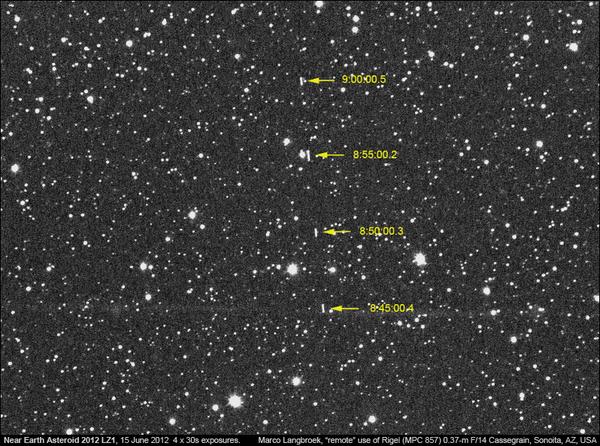
An asteroid is classified as near-Earth object if its size is greater than 152 meters and the distance less than 7.5 million kilometers from Earth.
NASA has already identified 9,000 of these small bodies potentially dangerous.
| Asteroids | Approximate dimensions |
Discovery date |
| Ceres 1 | 974.6 km | 1801 |
| Pallas 2 | 582×556×500 km | 1802 |
| Vesta 4 | 572.6x557.2x446 km | 1807 |
| Hygiea 10 | 530x407x370 km | 1849 |
| Sylvia 87 | 384x262x232 km | 1866 |
| Hektor 624 | 370x195x195 km | 1907 |
| Europa 52 | 360x315x240 km | 1858 |
| Eunomia 15 | 357x355x212 km | 1851 |
| Davida 511 | 357x294x231 km | 1903 |
| Interamnia 704 | 350.3x303.6 km | 1910 |
| Camilla 107 | 344x246x205 km | 1868 |
| Juno 3 | 320x267x200 km | 1804 |
| Cybele 65 | 302x290x232 km | 1861 |
| Hermione 121 | 268x186x183 km | 1872 |
| Euphrosyne 31 | 255.9 km | 1854 |
| Chariklo 10199 | 248x258 km | 1997 |
| Iris 7 | 240x200x200 km | 1847 |
| Psyche 16 | 240x185x145 km | 1852 |
| Daphne 41 | 239x183x153 km | 1856 |
| Kalliope 22 | 235x144x124 km | 1852 |
| Amphitrite 29 | 233x212x193 km | 1854 |
Image: largest known asteroids (above).
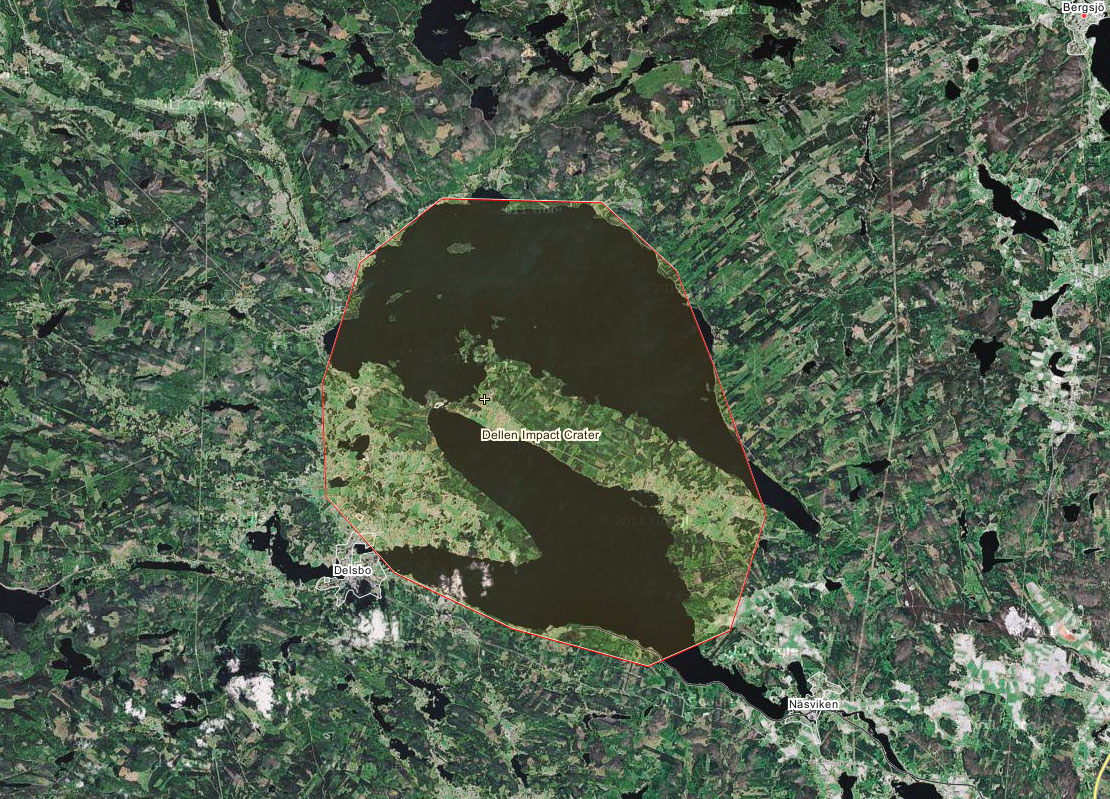
Image: The crater filled with water Dellen in Sweden is the trace of a meteorite, roughly circular, fell to Earth.
The age of the crater is about 90 million years, it is located in the Upper Cretaceous and its diameter is about 19 km, the estimated diameter of the meteorite is 1000 meters.
NB: The Lincoln Near-Earth Asteroid Research (LINEAR) is a joint research project of the U.S. Air Force, NASA and MIT Lincoln Laboratory.
LINEAR robotic telescopes have detected the September 15, 2011, 231,082 asteroids, 2,432 comets and 279 objects cruisers.
Articles on the same theme
1997 © Astronoo.com − Astronomy, Astrophysics, Evolution and Ecology.
"The data available on this site may be used provided that the source is duly acknowledged."
How Google uses data
Legal mentions
English Sitemap − Full Sitemap
Contact the author
 Yarkovsky Effect on Asteroids
Yarkovsky Effect on Asteroids 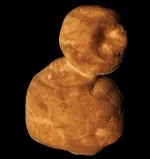 Arrokoth, the
red snowman
Arrokoth, the
red snowman 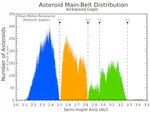 The Kirkwood Gaps in the Main Asteroid Belt
The Kirkwood Gaps in the Main Asteroid Belt 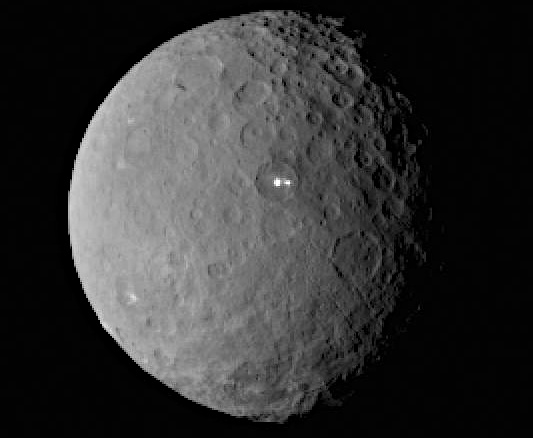 What is the asteroid belt?
What is the asteroid belt?  The Great Comet of 1577 Shattered the Crystal Spheres
The Great Comet of 1577 Shattered the Crystal Spheres 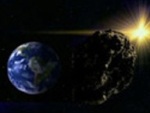 Asteroids, the threat to life...
Asteroids, the threat to life... 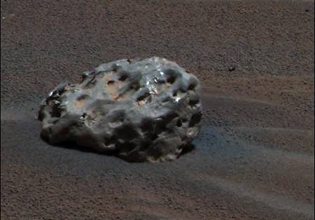 Meteorites, extraterrestrial objects
Meteorites, extraterrestrial objects  Hartley 2 passes by us, every 6 years
Hartley 2 passes by us, every 6 years  Collision between 2 asteroids
Collision between 2 asteroids  2005 YU55: The 400 m Asteroid that Grazed Earth
2005 YU55: The 400 m Asteroid that Grazed Earth  Asteroid Apophis: The Perfect Candidate for a Global Impact?
Asteroid Apophis: The Perfect Candidate for a Global Impact?  The asteroid
Vesta
The asteroid
Vesta  What
is an asteroid?
What
is an asteroid? 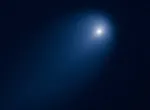 2012 and Comet ISON: Between Promise of Brilliance and Disappointment
2012 and Comet ISON: Between Promise of Brilliance and Disappointment 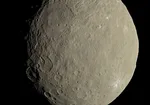 Giants of the Asteroid Belt: Classification by Size
Giants of the Asteroid Belt: Classification by Size  Impact
craters on Earth
Impact
craters on Earth  Online Simulator: Orbits of Asteroids
Online Simulator: Orbits of Asteroids  Online Simulator: Orbits of Near-Earth Asteroids
Online Simulator: Orbits of Near-Earth Asteroids  Rosetta has a date with a comet
Rosetta has a date with a comet  Near-Earth asteroids
Near-Earth asteroids  Asteroid 2009 DD45 sends us a sign
Asteroid 2009 DD45 sends us a sign 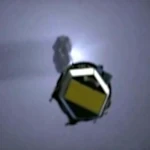 Where does the water on planet Earth come from?
Where does the water on planet Earth come from? 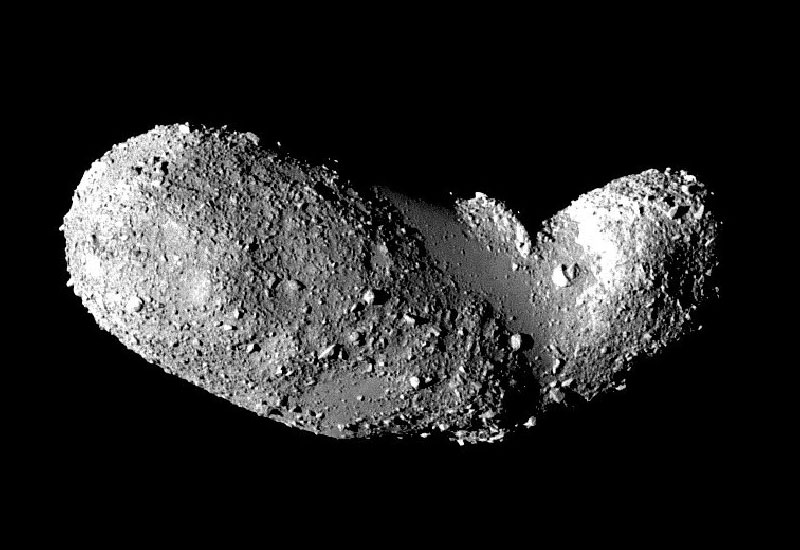 Asteroid
or comet?
Asteroid
or comet? 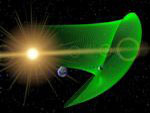 2010 TK7, Earth's Trojan asteroid
2010 TK7, Earth's Trojan asteroid  Turin Scale: A Classification of Impact Risks
Turin Scale: A Classification of Impact Risks  Nice model, the late bombardment
Nice model, the late bombardment  Comet Lemmon 2013: A Celestial Visitor from the Southern Hemisphere
Comet Lemmon 2013: A Celestial Visitor from the Southern Hemisphere 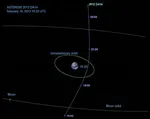 Asteroid 2012 DA14 passed on February 15, 2013
Asteroid 2012 DA14 passed on February 15, 2013  Planetary defense with Didymos and Dimorphos
Planetary defense with Didymos and Dimorphos 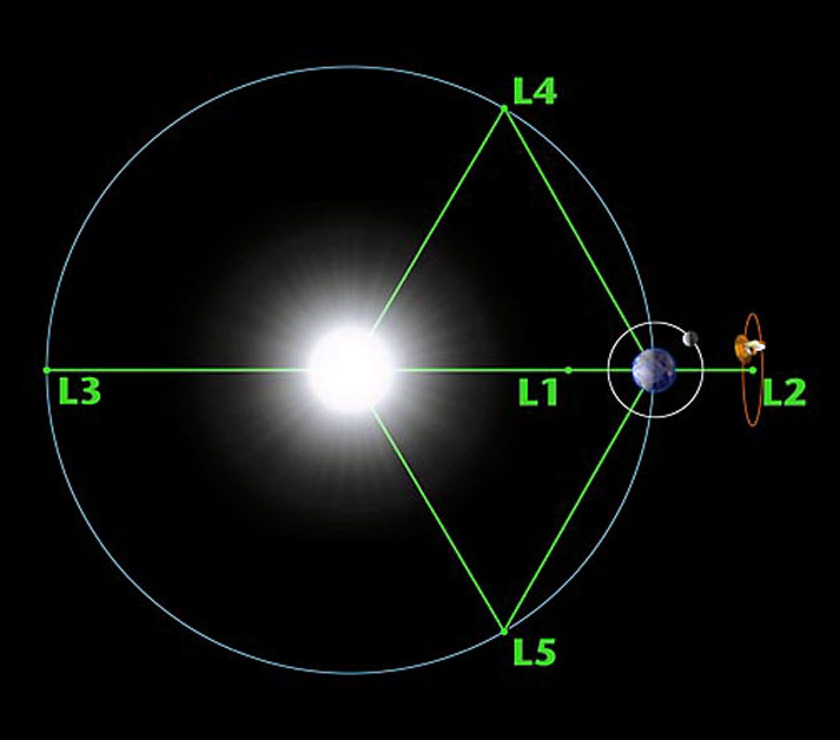 Lagrange points, L1 L2 L3 L4 L5
Lagrange points, L1 L2 L3 L4 L5 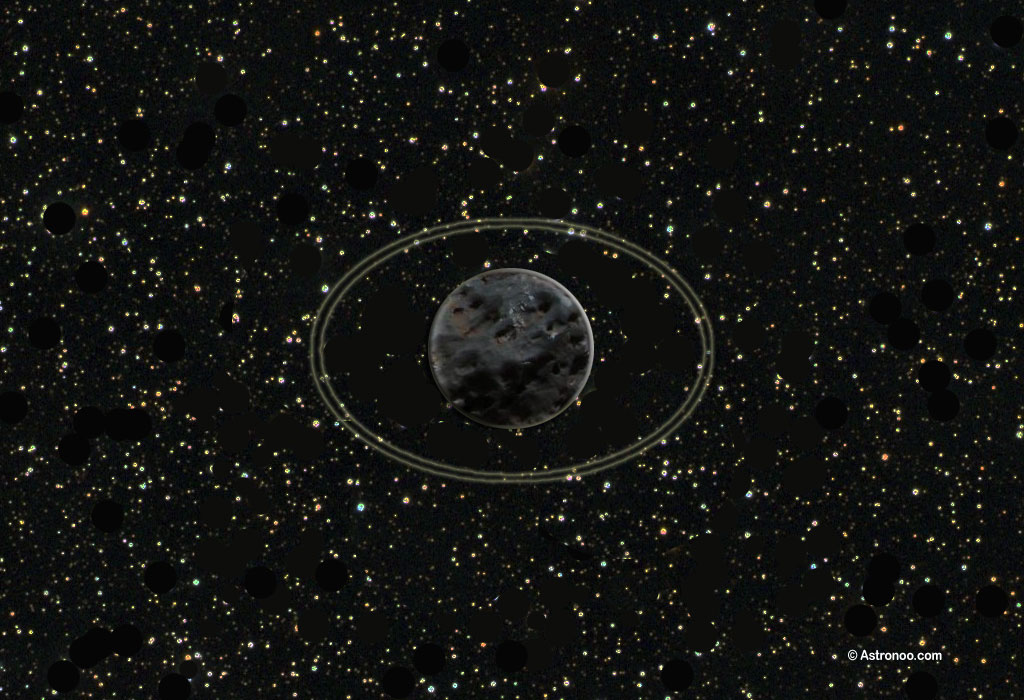 Chariklo and his two amazing rings
Chariklo and his two amazing rings 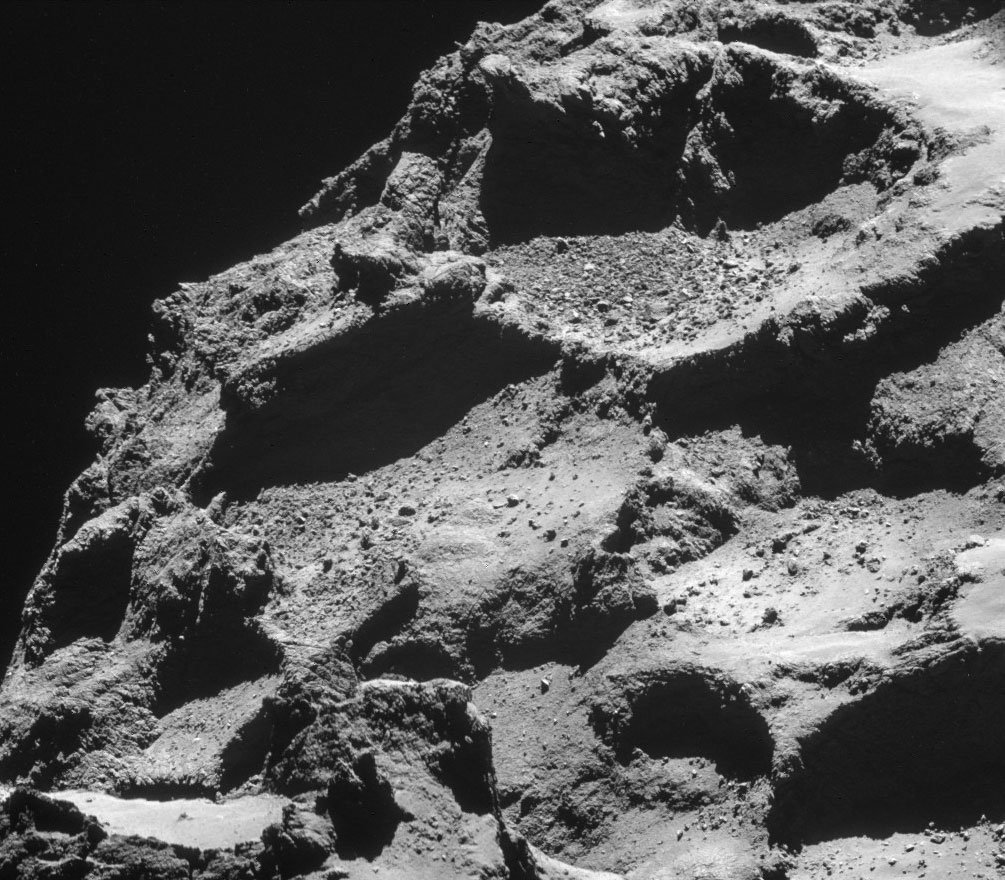 Rosetta
and Philae
Rosetta
and Philae 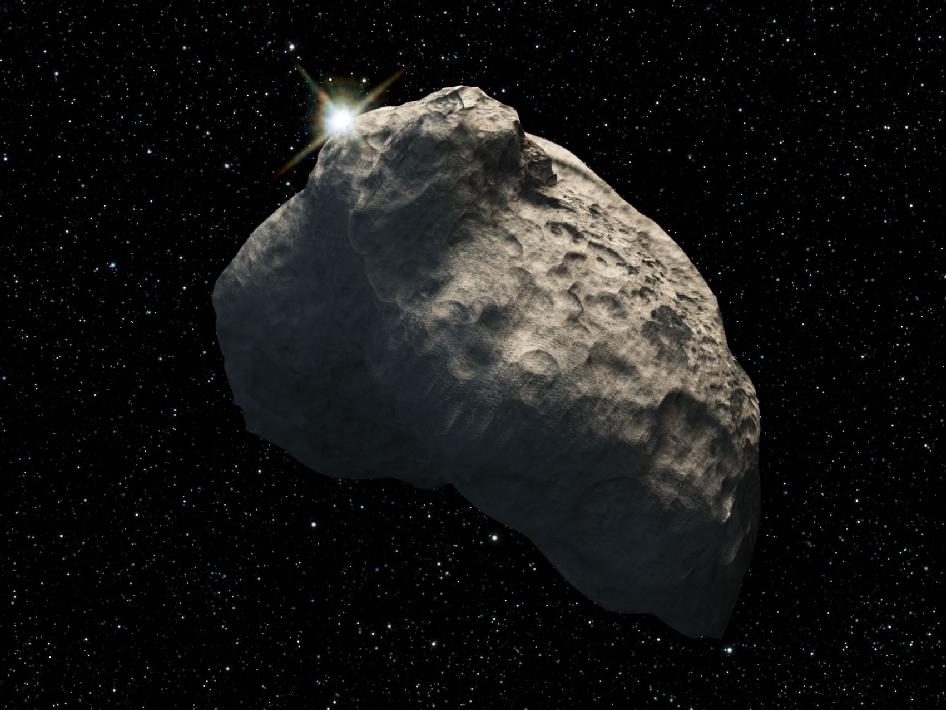 Kuiper Belt Objects
Kuiper Belt Objects  Ceres,
the largest asteroid
Ceres,
the largest asteroid 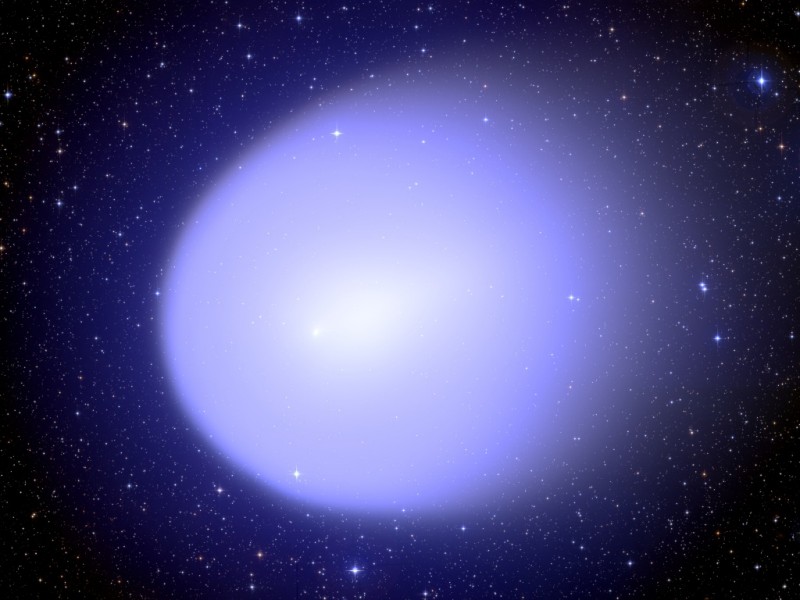 The periodic passage of comets
The periodic passage of comets  Vesta and its Curiosities: The Enigma of the Torn South Pole
Vesta and its Curiosities: The Enigma of the Torn South Pole  Areas
with asteroids and comets
Areas
with asteroids and comets  Orbits of Near-Earth Asteroids: When Asteroids Brush Past Earth
Orbits of Near-Earth Asteroids: When Asteroids Brush Past Earth  Wandering
comets
Wandering
comets 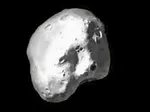 Asteroid Juno: an unknown giant of the solar system
Asteroid Juno: an unknown giant of the solar system 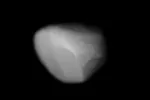 Ganymed (1036): Near-Earth and Mars-crosser
Ganymed (1036): Near-Earth and Mars-crosser 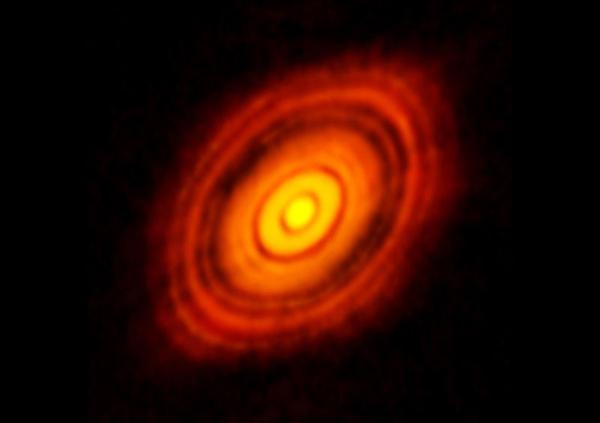 Hell
of the Hadean
Hell
of the Hadean 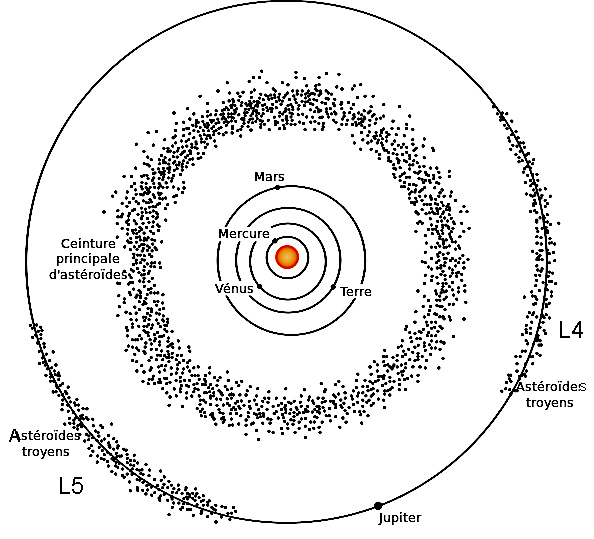 Are there natural satellites of natural satellites?
Are there natural satellites of natural satellites?  Earth's quasi-satellite: 2016 HO3
Earth's quasi-satellite: 2016 HO3